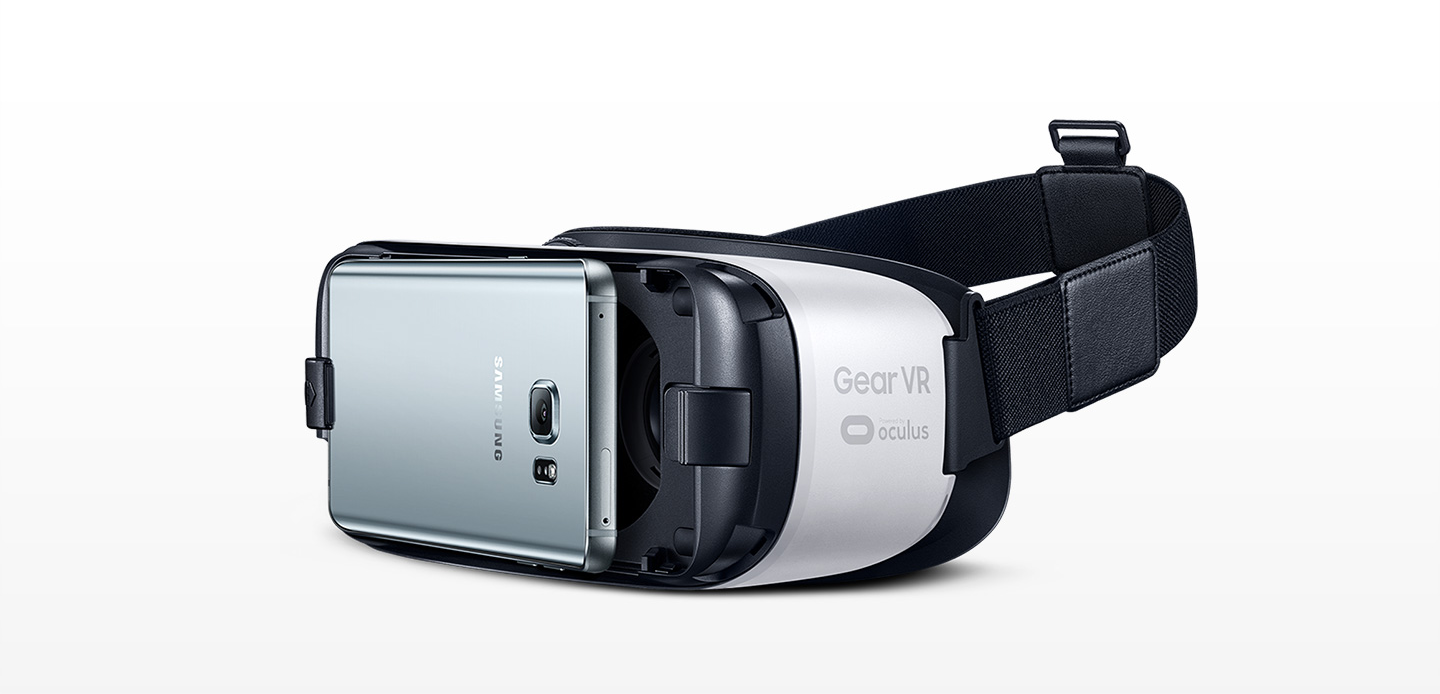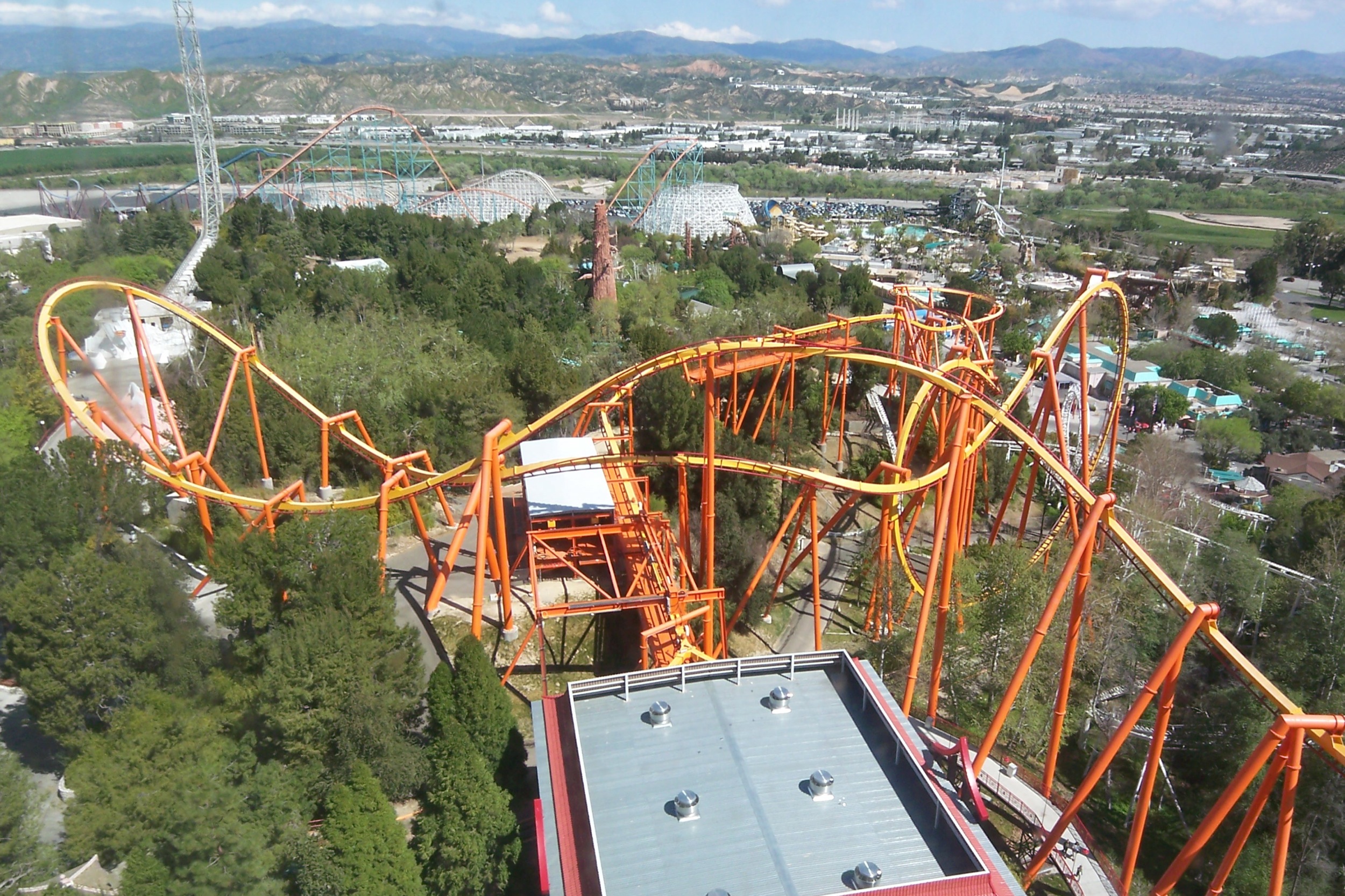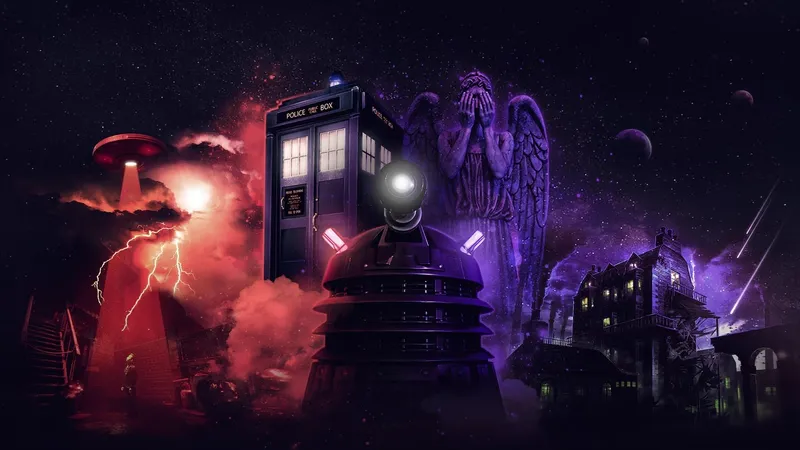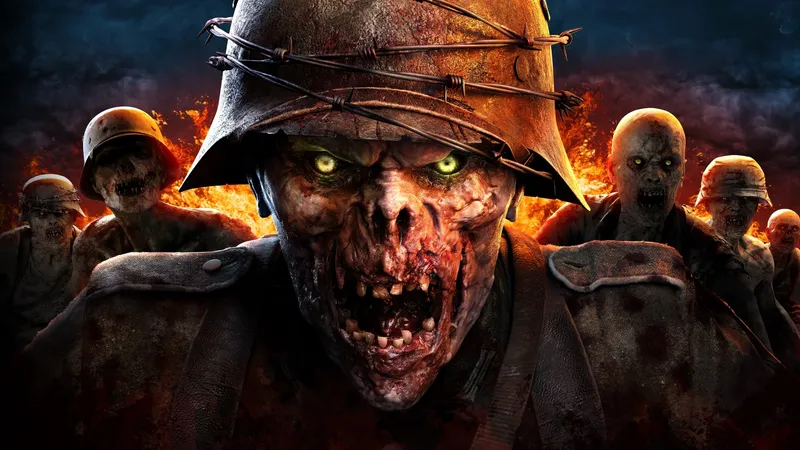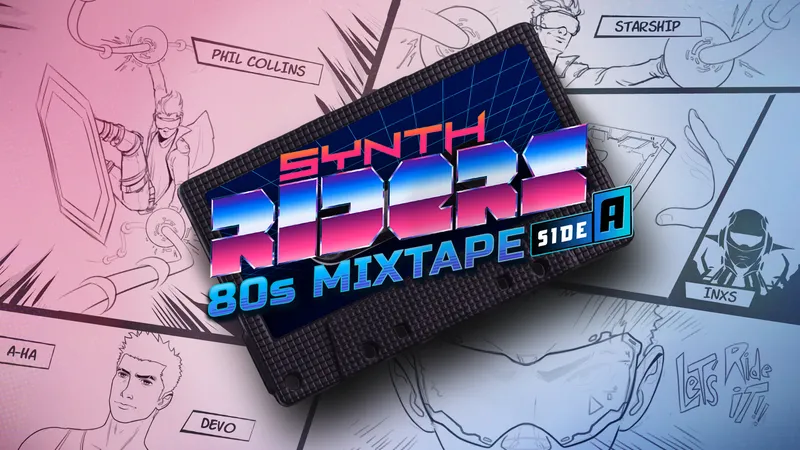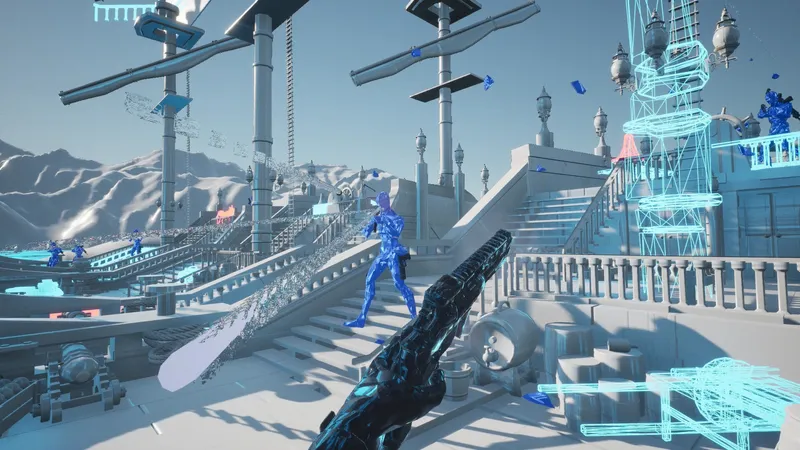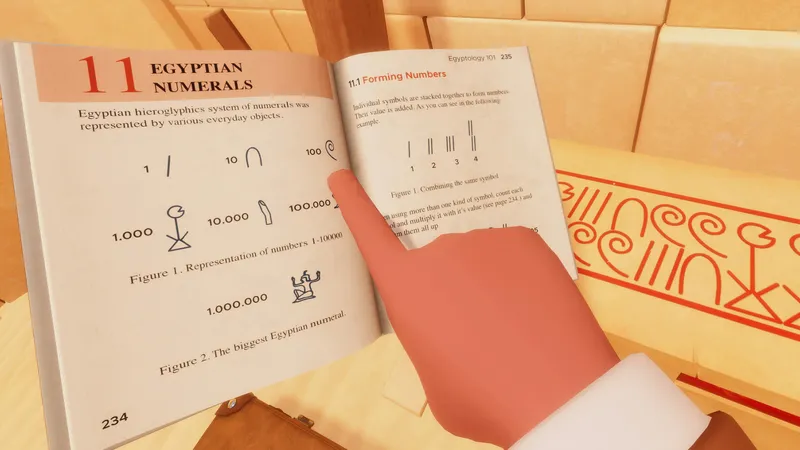1978’s Gemini was my favorite. Cedar Point’s dual track coaster was well past its prime by the new millennium. The wooden base had turned a weathered gray as if the ride was slowly rotting into dust. An entryway coated in ‘70s era orange and yellows wasn’t attention grabbing.
Few rode Gemini some twenty years after its debut. The gimmick – a race between side-by-side trains – rarely worked without a line-up of people. Take a ride, get off, jump back on; you could repeat the cycle with Gemini all day if you wanted. This led to plenty of roller coasting without the lines of marquee rides.
Smartphones have probably made lines tolerable in the intervening years. I wouldn’t know. Gemini was my last coaster ride. The sign at most entrances, “Any person with back, neck or heart problems…” now refers to me. I suffered a spinal injury at work in late 2002. No more roller coasters, no more theme parks, not many leisure activities at all. Riding Gemini today would feel like being in a two minute car accident where the whiplash doesn’t stop. This assumes I could walk far enough into the park to reach the ride. That’s doubtful.
I made things work. I’m here now, following the path of an online tech and games writer. I adore tech, even if progress can be terrifying. The Wii’s motion controls were first to elicit a scare, requiring physicality beyond what was usually comfortable. Microsoft’s Kinect was too frequently unplayable for me. I’ve watched the creation of more active VR like the Virtuix Omni, allowing people to run in place as they play first-person games. Seeing videos of that almost becomes like an out-of-body projection. You envision yourself trying (and failing) to keep pace with the runner playing a military simulation. There is a fear tech will outpace what I can do.
My onus for purchasing a Gear VR was gaming. Samsung’s Oculus-powered headset is entry level, enough to learn my limits. If VR and I are incompatible, I’m out a proportionally tiny entrance fee compared to an HTC Vive or Oculus Rift.
Immediately came games. Smash Hit marries VR to real world and digital arcades in a satisfying way. EVE: Gunjack fancies up the turret shooter, toying with precedents set by Galaga and Space Invaders. At this simple junction of technology, I’m not behind. These are playable for me.
I became curious and explored. I watched Godzilla flicks on Hulu’s simulated big screen, refreshing since a real theater can be uncomfortable. North Korea hosted a parade and Jaunt VR let me in. I traveled to the peak of the Alps, that one too unbelievable as my brain internally laughed at the thought. It was scenic though.
Inside Samsung’s VR video portal was a promo video for Six Flags’ Magic Mountain. You can simulate a first-person ride on Tastu, a twisty, 170 foot addition to the park which opened in 2006.
https://www.youtube.com/watch?v=do0Ep5FNjSE
It’s easy to question or write off Tatsu’s commercial – and that’s what the video is, a commercial, streamed into the headset, heavily compressed. Trees in the background bleed together because of digital artifacts. Looking behind gives the surreal notion of not being there. Also missing was wind in my face and the sensation of having no control. It’s imperfect.
And yet my stomach knotted up. I haven’t felt that in nearly 15 years. To what limited range of motion I often have, I instinctively let the pretend physics take over, bobbing side-to-side. That fear and intensity of taking a loop was there. VR, even in its low-end form, gave that back to me.
I hesitate to use words like “immersive” or “experience,” personal disdain for those adjectives aside. “Joy” is a better word. The joy of having some freedom back. The joy of being in an amusement park. And, the joy of doing all of that comfortably without worrying about the after effects or whether I’m holding others back.
Sometime in the mid to late ’90s, situated at the front of their high-end arcade, Cedar Point offered Doom in a VR headset. That used to be VR’s attraction, a high-tech anomaly meant for pricey theme parks. Now I can be home, almost in the park, and on their rides; technological progress has reversed the situation and to my benefit.
In 2016, Six Flags offers VR headsets to use while on their coasters. It’s odd. Six Flag is merging the traditional ride with tech, as if the thrill of plummeting hundreds of feet and being flipped upside down no longer justifies itself. Patrons need more stimuli. Or, possibly, we cannot fathom drifting our gaze from our phones for two minutes while riding. Six Flags has designed a social commentary without realizing it.
Elsewhere, Duke University has begun using VR as a therapeutic tool for sufferers of PTSD. They have the ability to help those with phobias, too. I’m mortified by spiders. This VR revolution has not only subsided some fears over tech’s progress and my own limitations, but may create some arachnid bonding time too. That’s a future worth supporting and now it’s exciting for me rather than intimidating.
Someone put me on a spider-infested roller coaster in VR, please. I’m ready.
—
Matt Paprocki is a freelance gaming and tech journalist with work appearing in outlets such as Playboy and DoBlu. Follow him on Twitter: @Matt_Paprocki.


